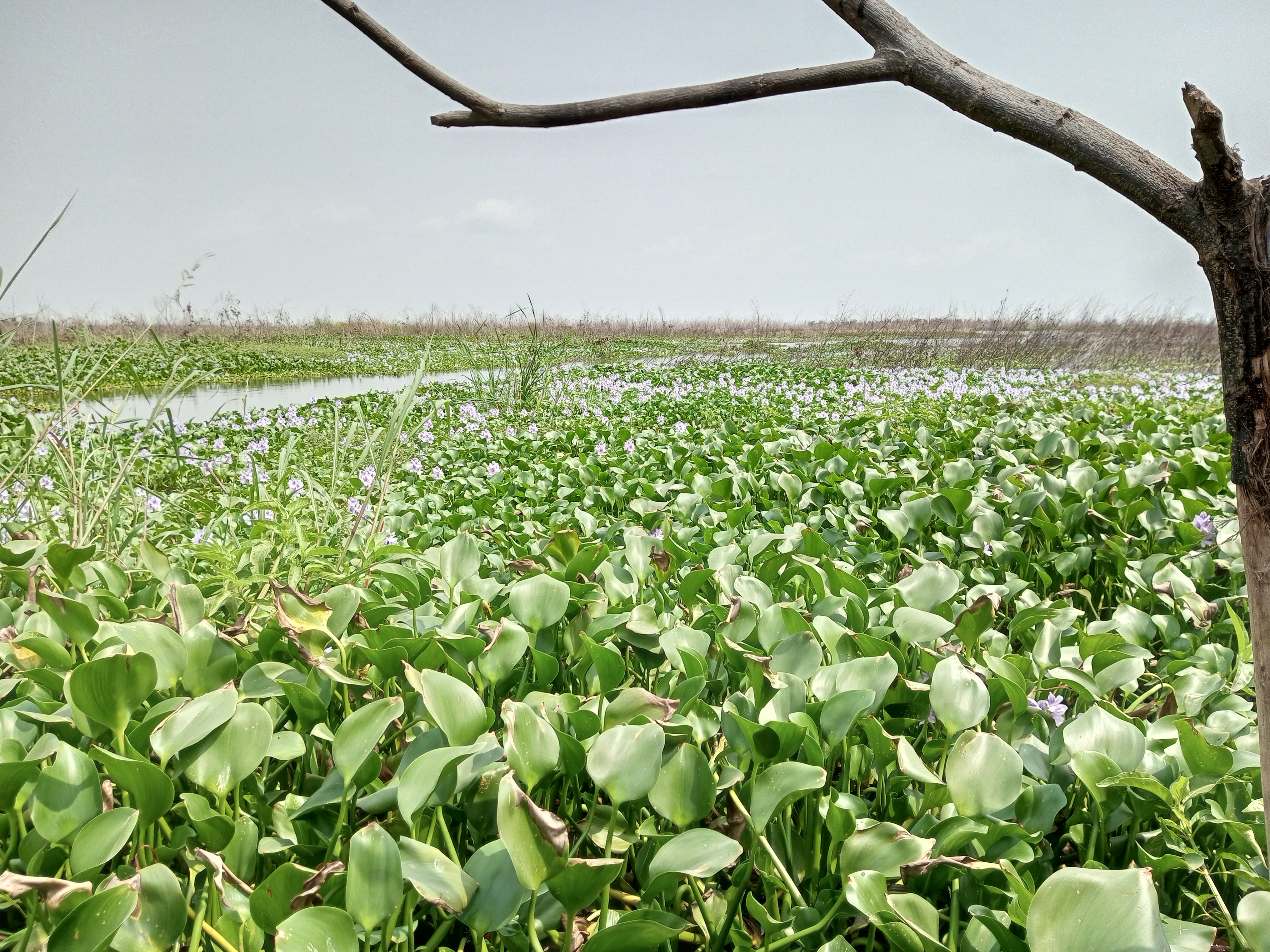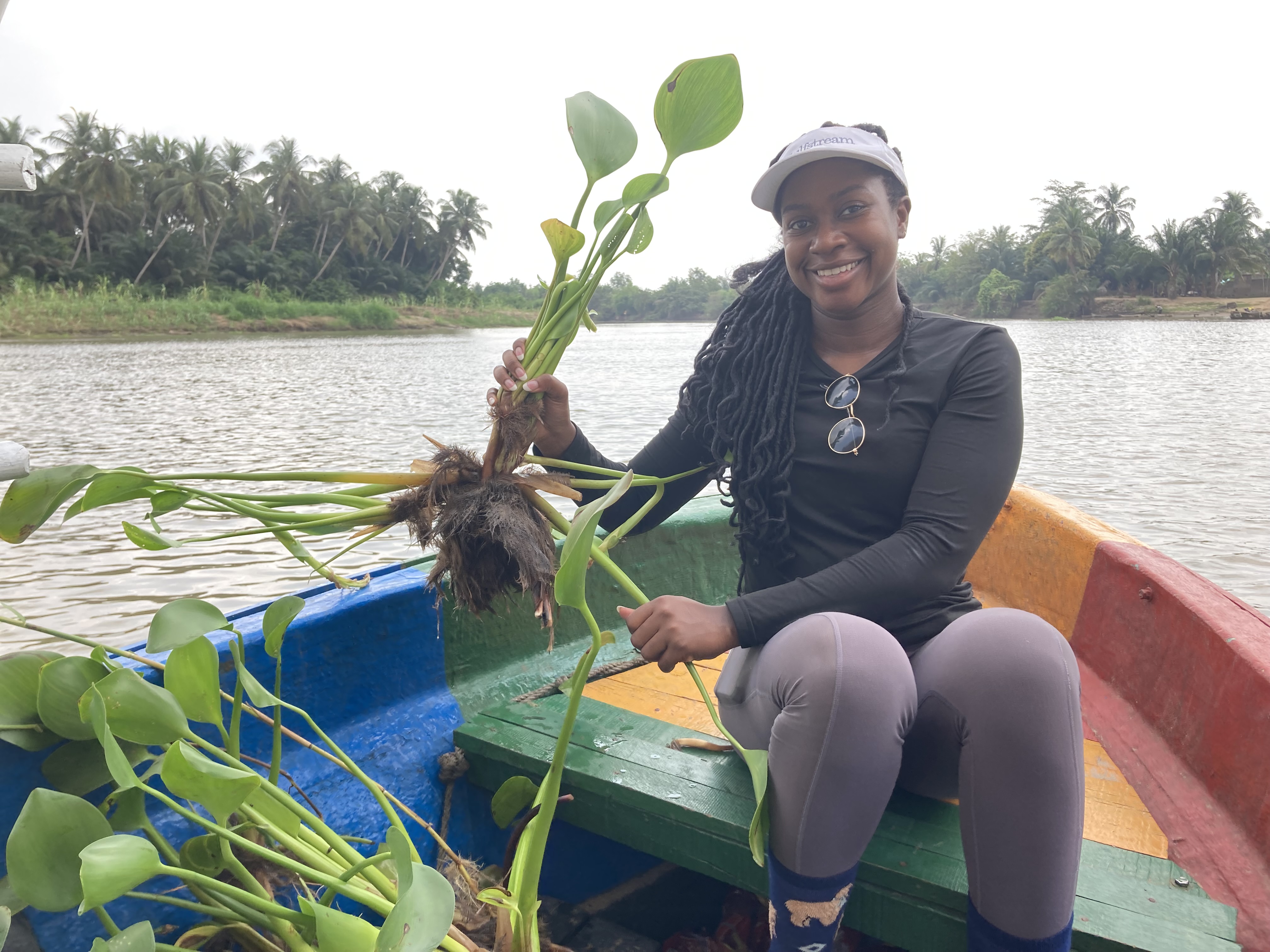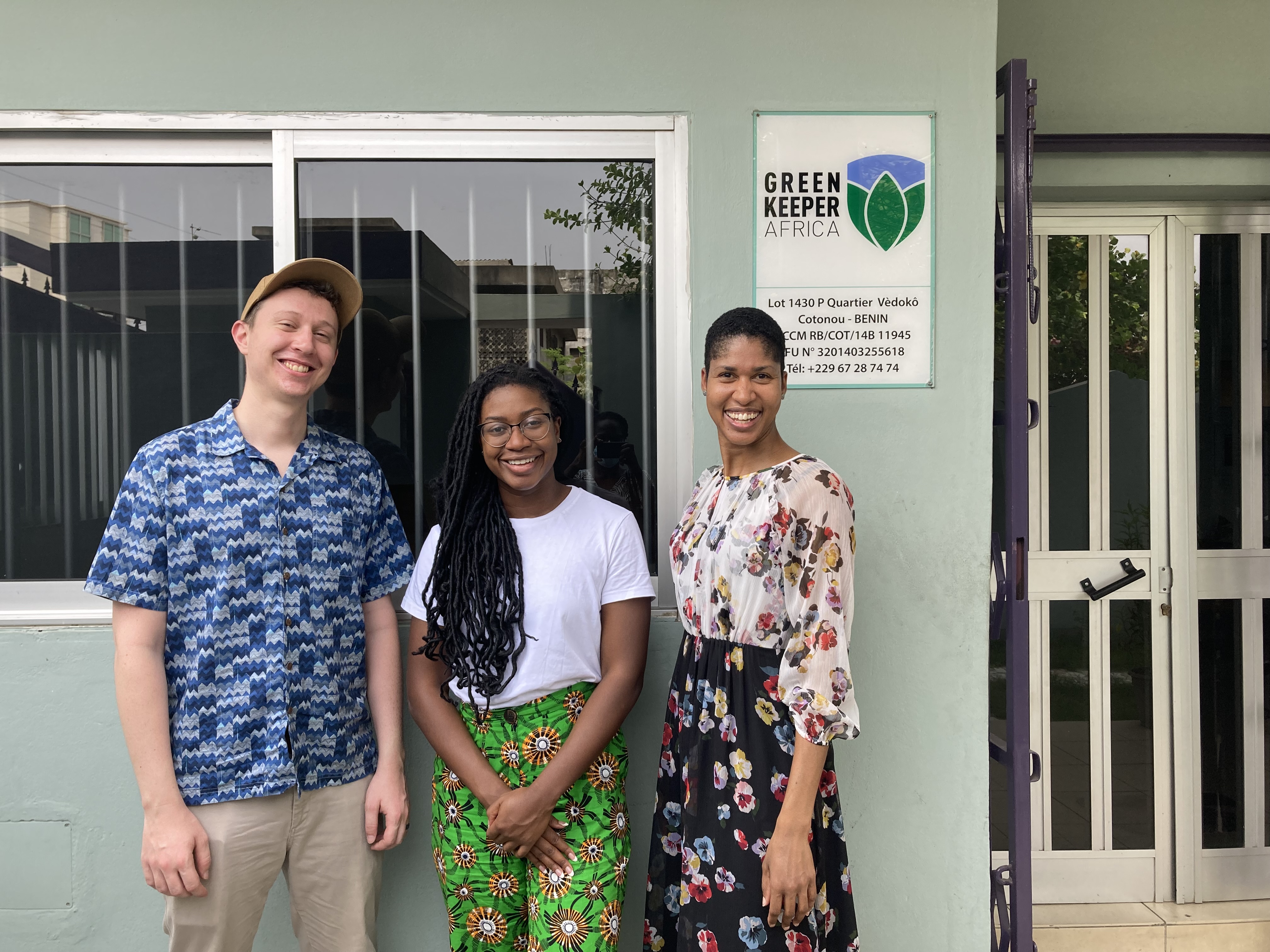Project Description
The water hyacinth is an invasive plant species that has spread throughout coastal West Africa, reducing biodiversity, clogging transportation networks and impacting fishing activities. Green Keeper Africa (GKA), an enterprise located in Benin, works to harvest around Lake Nokoué and repurpose the plant. The MIT Media Lab Space Enabled Research Group is partnering with GKA to design an online observatory that uses satellite data, drone imagery and ground based sensor data to map the location of the water hyacinth over time and publish this information for government, private and public users. The observatory also includes information about Acadja, a traditional fish farming practice that is related to water hyacinth dynamics and management initiated by Beninois fishing people. This project showcases the results of a random-forest machine learning model applied to classify water hyacinth and Acadja on Lake Nokouée for a period in 2022. We also apply this method to time-series data to evaluate spatial changes in water hyacinth extent over time. The water hyacinth and Acadja analyses have business and regulatory implications for Green Keeper Africa and management entities such as the Benin National Institute of Water, the Ministry of the Living Environment and Sustainable Development, the Ministry of Agriculture, Livestock and Fisheries, and the Ministry of Water and Mines. Green Keeper Africa can use the information presented about the water hyacinth to improve their harvesting practices to stay in line with their priorities for profit and reduction of socioeconomic and ecological impacts. The Ministries can use this information to pursue new policies and practices that support SDG 15.8 and related SDG targets.




